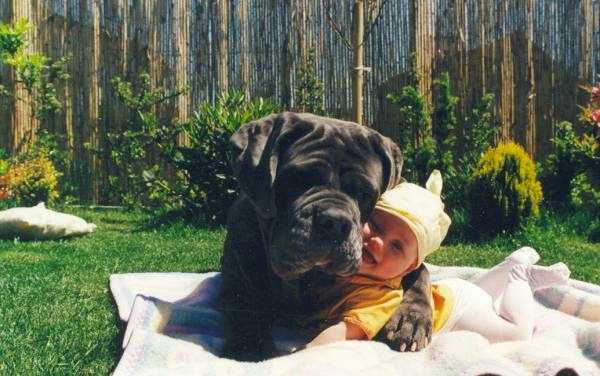You just got a new puppy and want to get started on training him, as young as possible. This is important to do early in your dog’s life, in order to shape his personality and responsiveness. In this article, we will provide the best tips and tricks for training your puppy quickly and successfully.
Using a crate when you’re not at home can be very effective, especially for a young puppy. The crate keeps your puppy safe and secure, and also protects your home from chewing and bathroom accidents. Your puppy can learn to feel comfortable and protected in his crate home while you are away.
When you are training your dog and establishing your leadership role, do not be adverse to letting the dog lick you on the face. This is common behavior in dogs when dealing with the Alpha in the pack. Do not discourage this behavior as it can confuse the animal and confuse your role because you do not show proper response to this servile behavior.
Until your dog is well trained, training should be constant. If you are unsure that your dog will follow any command that you give, training is not done. Every interaction with your dog should be approached from a dominant, training standpoint. You should consistently teach your dog that you are in control, much like a true pack leader does.
A clicker and a few treats can be a very effective method of training your dog. Because a clicker can be easier for a dog to understand than a voice command, lessons can be quick and productive. Training sessions should not be longer than about fifteen minutes, since dogs do have short attention spans.
When your puppy is 7 to 12 weeks old this is known as the “fear-imprint period’. If your puppy experiences trauma at this time, he may have the fear associated with this trauma for the rest of his life. Because of this, your puppy’s early weeks should include human contact, and contact with other animals. It should also be a positive experience for him, with little punishing, if any at all.
When you are first starting out in training your dog, try to schedule the training sessions to take place at about the same time every day. If you are making the training sessions a positive experience and doing them on a schedule, your dog will start to look forward to the sessions and enjoy them more.
If your dog is not listening while you are doing dog training, make sure that the dog is not ill. There will be no benefits to punishing your animal if it is not feeling well, and it can have very detrimental effects afterwards. If you are unable to decide if the dog is sick then contact a veterinarian for assistance.
If you are training a high-energy dog, it may be beneficial to exercise your dog just before the training session. A dog that is overly energetic will have difficulty focusing on what you are trying to teach. The exercise session can be beneficial for the human owner’s health as well!
Primary reinforcement is good to use when training your dog. With primary reinforcement, you use something that your dog loves when it needs to be rewarded for positive behavior. You can use food or a nice belly rub as primary reinforcements. Doing this will show your dog alternatives for obtaining what he wants appropriately.
Set goals for training your dog. Decide what time of day you will work with your dog and how long you will work. Decide exactly what you want to work on, and be consistent. Work on the same things, in the same way, at the same time every day until mastered. Once you have accomplished one goal, build on it by adding something new. Don’t skip around or be inconsistent. This is confusing for your dog.
To prevent your dog from chewing, you should apply a smelly substance on objects that your dog is not supposed to chew. Buy some chew toys for your dog: some dogs chew because they are going through teething, and some use chewing as a way of releasing stress caused by loneliness.
Be mindful of exactly what behavior you are reinforcing, so stand your ground and don’t give into your pet’s persistence. A dog will generally repeat whatever action has previously earned him a reward. Thus, if you give a dog food so that it will stop begging at the table one night, you’re only making the dog more inclined to beg for food again, the next night.
To train a dog how to act around people and guests in your home, it is crucial that the dog is socialized with other people. This contact with people, especially people who are new to your dog, will allow you to train the dog on how he should react. This is very useful to the training process.
Make sure that your pooch is obeying commands. If Spot is ignoring you when you tell him to sit, do not give up. Follow-through until you get the action that you expect. If you are going to give up without getting the action that you requested, don’t bother giving the command in the first place.
If you want an agile dog, do some research before buying one. Just about any dog can participate in agility sports, though Border Collies, Shetland sheepdogs, Labs and Australian shepherds are particularly good candidates.
Swimming is a great way for your dog to expend energy. It is easy on his joints but still helps to keeps him in great shape. Not all dogs like to swim, so make sure to take him to a nice, shallow source, until you are confident that he is comfortable in the water.
In conclusion, training your puppy requires that you take a completely different approach than training an older dog. Luckily, you are starting off when it is easiest to do so. As long as you follow the tips provided, you should be able to train your dog successfully and form a great relationship between the two of you.

